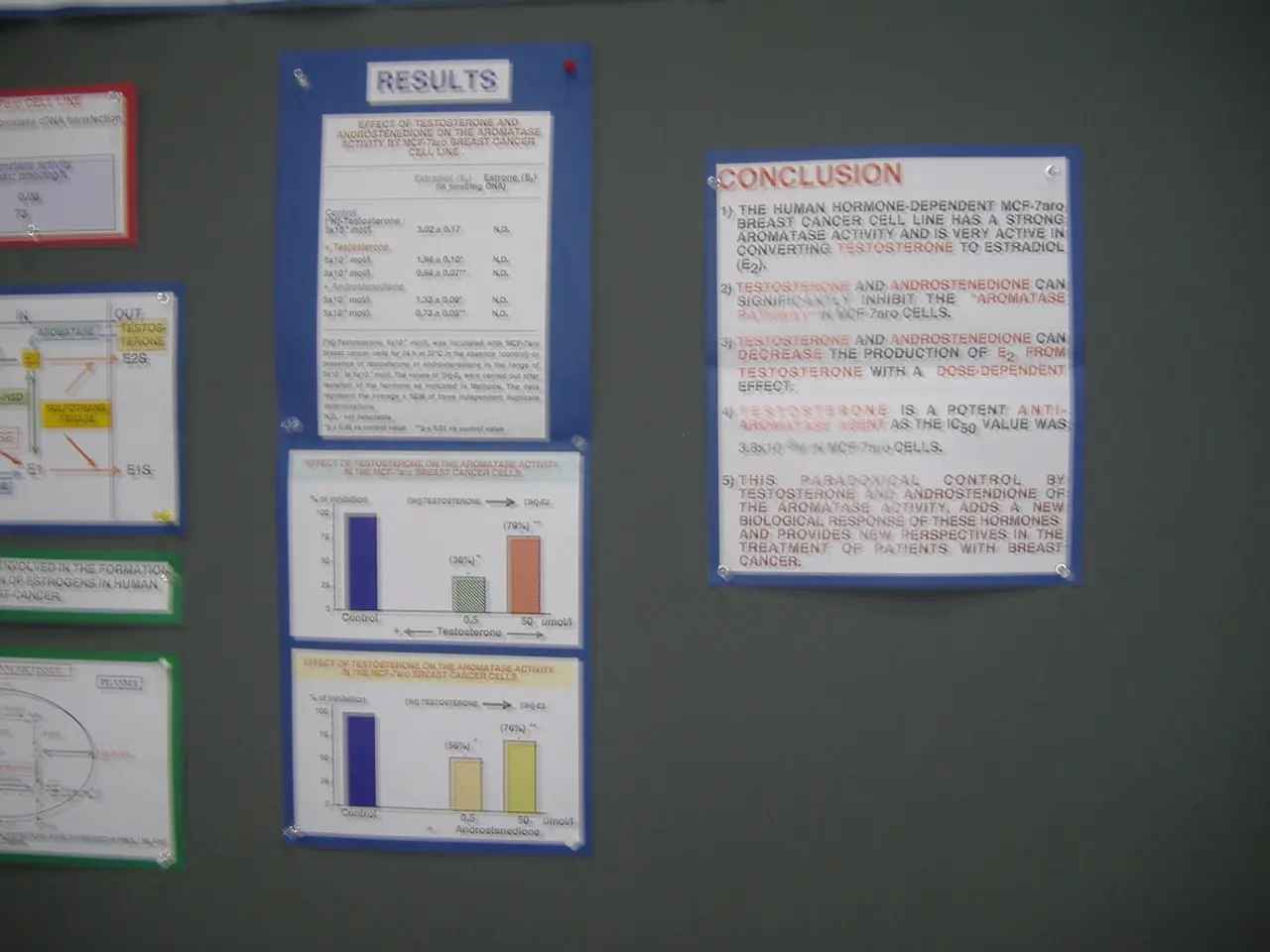Adjustments in Workplace Environment: Crucial Information for Both Management and Staff
In the world of work, changes to employment conditions can be a sensitive topic. Employers, when faced with such changes, are expected to follow certain regulations to ensure fairness and compliance.
According to labor regulations, such as those issued by Ministries of Labor or Social Protection, the process generally involves providing written notice to employees or their representatives regarding the changes well in advance. This notice should detail the nature, reasons, and implications of the changes.
Consultation with employee representatives or committees is another crucial step when applicable. The purpose is to negotiate or at least inform about the intended changes.
Updating internal labor rules (ILRs) or employment contracts in writing is also essential, especially when a company employs a certain minimum number of workers. These updates should comply with labor laws covering issues like working hours, workplace order, discipline, and occupational safety.
Compliance with specific legal standards about what changes are permitted is also crucial. For instance, limitations on fixed-term contracts or reassignments must be adhered to.
Let's take a look at two examples from Vietnam and Portugal. In Vietnam, employers with 10 or more employees must have written internal labor rules that include provisions on working hours, rest, workplace order, safety, disciplinary methods, and reassignment conditions. Changes to these significant conditions require proper updating of these internal rules and employee consultation to ensure compliance.
In Portugal, when employment conditions change due to transfer of an undertaking, employers must provide the affected employees and their representatives with detailed written information at least 10 business days before consultations begin. There is also a consultation period to negotiate the new terms, and the transfer or change only takes effect after this consultation process concludes.
While the specific requirements vary by country, the core principles remain the same: prior written notification, consultation, compliance with labor laws and regulations, and documented updates to contracts or internal policies. Employers are advised to carefully follow these processes to validly implement changes to significant employment conditions under the oversight of the Ministry of Labor or Social Protection in the respective country.
The employee's contract may be terminated and a severance package paid if they refuse to continue working due to the changes. The process also includes having grounds for the change. If the employee refuses to continue working under the new conditions, their employment contract is terminated under specific conditions outlined in the Labor Code.
Changes to the pay system, work schedule, including the establishment or cancellation of part-time work, are considered significant employment condition changes. Reduction in the size of wages is also included in this category. Establishing or canceling remote work is another example.
However, the sequence of staff rotation in shifts is not considered a change to significant employment conditions. The Labor Code specifies the conditions for terminating an employment contract due to changes in significant employment conditions.
The severance package upon termination is at least two weeks' average salary unless the contract is terminated due to the establishment of part-time work for less than half the normal duration, in which case the severance package is at least one month's average salary.
The Ministry of Labor and Social Protection has outlined cases that fall under changes to significant employment conditions. However, they have not specified what constitutes a "change to guarantees" or what other conditions set by the Labor Code are considered significant employment condition changes.
Maxim Beloreckiy, a journalist, is reporting on these changes, providing valuable insights into this complex and important topic.
In the process of altering employment conditions, businesses must follow labor laws and regulations, ensuring they provide written notice, consult with employee representatives, and update internal labor rules or employment contracts accordingly. For instance, changes in the pay system, work schedule, or establishment of part-time work are substantial changes that require compliance. Furthermore, finance legislation may dictate specifics on severance packages upon termination due to these changes.




